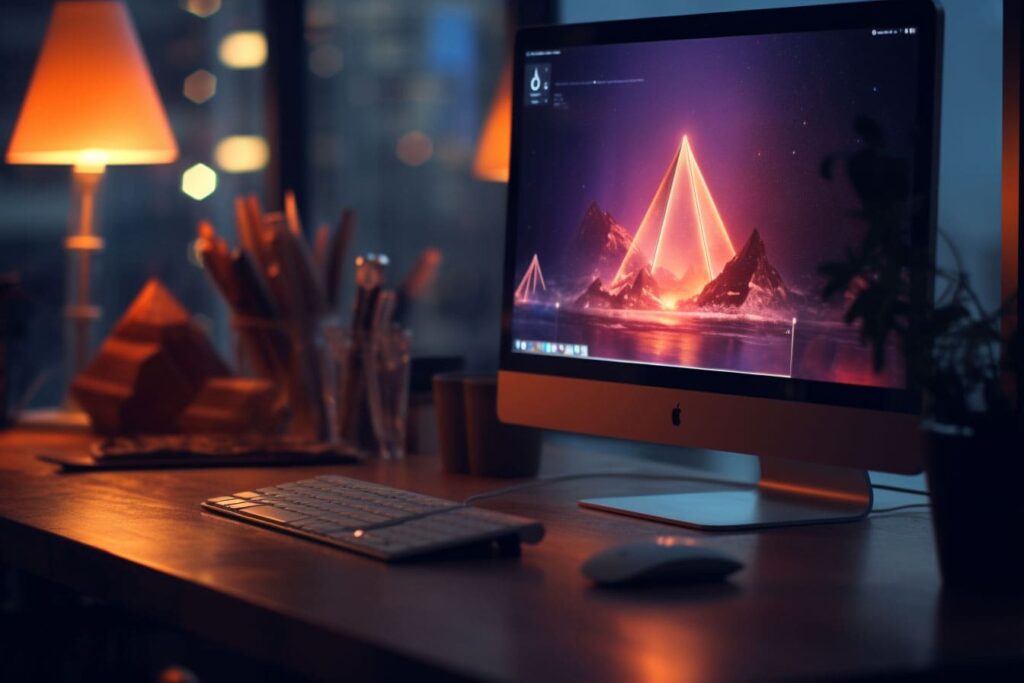Imagine a world where a single app plays nearly every video and audio file you throw at it—no codec hunts, no drama. That world exists, and it’s called VLC Media Player. This iconic, open-source media player has been the loyal companion of media lovers everywhere, handling everything from grainy home videos to high-definition blockbusters. Curious? Let’s unpack why VLC deserves its legendary status.
How Do I Download and Install VLC?
Installing VLC Media Player is as smooth as a jazz saxophone solo. Here’s how to get started:
- Head over to the official VLC website.
- Hit the Download VLC button (the site auto-detects your OS—smart, right?).
- Run the installer file. Follow these prompts:
- Choose your preferred language.
- Agree to the license agreement (don’t worry, it’s free).
- Pick installation components—stick with defaults unless you’re feeling adventurous.
The whole process takes about 2–5 minutes, depending on your system speed. Before you know it, VLC is ready to play all the media files your heart desires.
What Media Types Does VLC Support?
VLC doesn’t discriminate—it plays practically everything. Here’s a breakdown:
- Old-school physical formats: DVDs, CDs, even VCDs (for the nostalgic among us).
- Modern streaming protocols: Seamlessly stream audio and video over your network.
- Most file formats: MKV, MP4, AVI, FLAC, MP3, and more. If it exists, VLC probably supports it.
- No extra codecs needed: It’s pre-packaged with all the essentials, so there’s no need to scour the internet for shady codec downloads.
In short, VLC is the Swiss Army knife of media players.
Fixing Common Issues: When VLC Misbehaves
Even the best tools occasionally hit a snag. If VLC isn’t showing video or playing smoothly, try these tips:
1. Enable the Automatic Repair Feature
This works best for AVI files. VLC will prompt you to fix broken files—it’s like having a little tech wizard built into the app.
2. Adjust the Video Output Mode
Navigate to Tools > Preferences > Video, and tweak the output module settings until playback works like a dream.
3. Turn Off Hardware Acceleration
Hardware acceleration can sometimes cause issues. Disable it in Tools > Preferences > Input/Codecs.
4. Update VLC
Always use the latest version to squash bugs and unlock new features.
More fixes can be found in this troubleshooting guide.
Is VLC Free for All?
Yes, VLC is gloriously free—no hidden charges, no annoying ads. However, there’s a small catch with certain patented codecs (like some MPEG formats). If you’re using VLC commercially, double-check licensing requirements. For personal use? You’re golden.
What About VLC on Android?
VLC is equally brilliant on Android, with features like:
- Chromecast support (stream videos to your TV like a pro).
- High-definition video playback without stuttering.
- Compatibility with nearly every Android device—no matter the processor or region.
Need help with Android-specific questions? The official Android FAQ has you covered.
Final Thoughts
VLC Media Player isn’t just a media player—it’s a lifesaver, a multitasker, and a problem solver. Whether you’re binge-watching your favorite shows, revisiting old DVDs, or streaming music, VLC has your back. It’s free, it’s reliable, and it’s endlessly versatile. If you don’t already have it installed, what are you waiting for? Download it now and join the VLC fan club.
